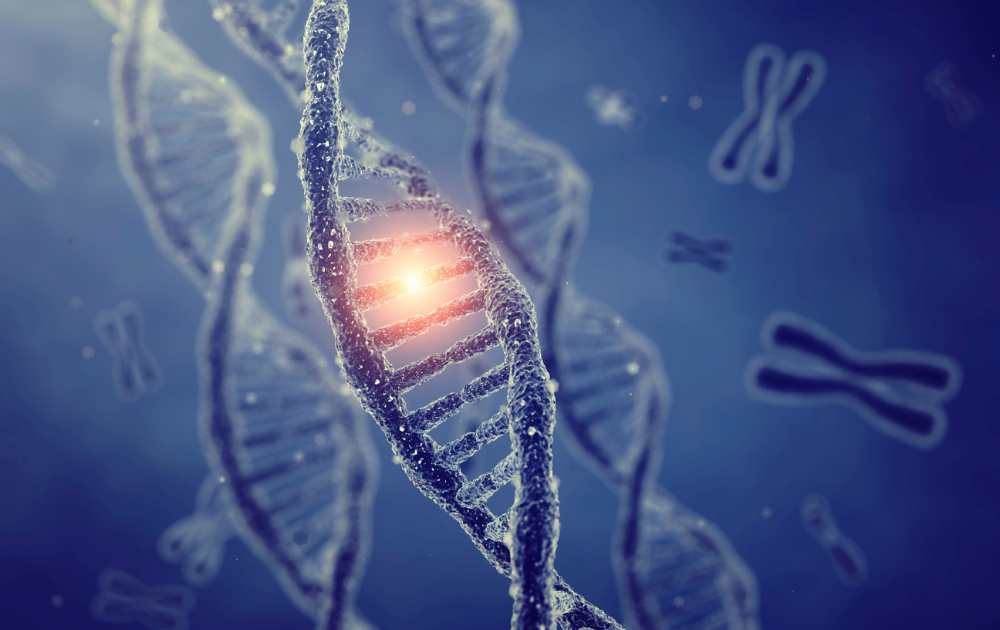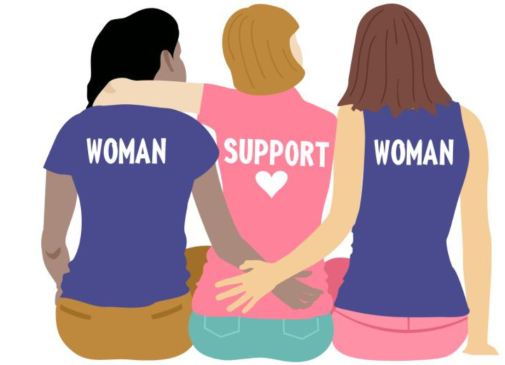
Uterine fibroids are one of the most under-researched health conditions, yet they affect nearly 26 million women in the U.S. Thankfully, more people are realizing this enormous disparity and are looking to make a difference. Researchers at the Michigan State University Grand Rapids Research Centers have come together with the Van Andel Institute and Spectrum Health to study how a specific gene may play a major role in fibroid development — more than we ever thought before.
As of now, both physicians and researchers are still unsure what directly causes uterine fibroids to grow. However, they do know that the production of hormones like progesterone and estrogen is a major contributor. Additionally, heredity, weight, and race all seem to have a role as well, although it is still not conclusive.
Studying Genes at Michigan State University Grand Rapids Research Center
Researchers at the Michigan State University Grand Rapids Research Center have found that the gene, HOXA13, which is associated with uterine fibroids, appeared to correlate with a transformation of cells in the muscle of the uterus into cells more typically found in the cervix when activated — a process called “homeotic transformation.”
What Is Homeotic Transformation?
Homeotic transformation occurs when an organ or cell that has a specific location and function is changed to that of another. In this study, researchers noticed that uterine cells which usually exist in the layer of muscle were actually cells found in the cervix. They noticed that homeotic transformation happened when fibroid growths began to develop and those cells were “activated”. This information helps researchers understand the catalyst of why fibroid tumors develop in the first place.
Cervical Cells and Uterine Fibroid Research
Fibroid specialists know that uterine fibroids are composed of smooth muscle cells and fibrous connective tissue; however, they never knew their cells could be similar to those that make up the cervix. When researchers found that this homeotic transformation occurred between two very different cell types, they realized they were getting closer to understanding uterine fibroids a little better.
“The discovery that fibroid tumors have characteristics of cervical cells could be a key to better treatments,” Teixeira said. “For example, among pregnant women, the cervix typically softens just before delivery. Figuring out what causes the cervix to soften could suggest new therapies that soften the fibroid tumors and prevent or inhibit their growth.”
Understanding how bodily functions like the cervix softening during birth occur could help doctors treat fibroids in an entirely new way.
What Is the HoxA13 Gene?
HoxA13, also known as Homeobox A13, is a protein coding gene. HoxA13 is in charge of gene expression. Gene expression refers to when information stored within our DNA is converted into instructions for making proteins, cells, and other molecules. In the new study, uterine fibroid researchers found that when the HoxA13 gene is activated, cells become more sensitive to a hormone or another agent.
Looking to the Future of Uterine Fibroid Research and Treatment
New research about uterine fibroids and what causes them can open many doors when it comes to innovative therapies. That’s why more funding needs to be given to universities and research facilities to propel uterine fibroid research. Right now, one of the newest, most successful fibroid treatments is Uterine Fibroid Embolization (UFE) and with further research even more therapies can be available to women.
The article from Michigan State University Grand Rapids Research Center states that researchers are often asked why not just perform hysterectomies. “Jose Teixeira, who has spent many years researching uterine fibroid tumors, said that a surgeon once asked him, ‘Why are you working on that? We have a cure. It’s called hysterectomy.’”
When women aren’t offered new, innovative therapies like UFE they are forced to remove their uterus (female castration) or undergo a major surgery. In the U.S, only 10 percent of the estimated 600,000 hysterectomies performed per year are done to remove or prevent cancer, the others are considered unnecessary. With almost 20 million women who have had hysterectomies, it’s not a shocking fact that almost 44% of women say they have never heard of nonsurgical fibroid treatment like UFE, and 11% think hysterectomy is the only treatment option available to them.
Treating Uterine Fibroids Caused by the HoxA13 Gene
Researchers are still studying the similarities between cervical cells and uterine fibroid cells. As the HoxA13 gene continues to be studied, new therapies that focus on cervical softening or other natural body functions may become available. UFE is a treatment that uses both the body’s natural pathways and knowledge of the arteries to shrink fibroids through nonsurgical techniques. Once these new cervical cell and HoxA13 gene therapies exist, they may be similar to UFE, using the patients’ own body to treat and eliminate fibroids without requiring surgery.
At the Fibroid Fighters Foundation, we understand that there are too many unnecessary hysterectomies and not enough information given to women about their options. We believe supporting uterine fibroid research as well as raising awareness of non-surgical fibroid treatments like UFE gives women freedom when it comes to their healthcare. If you want to learn more about how to get diagnosed or locate a fibroid center near you, give us a call at 855.455.5262 or contact us conveniently online.







